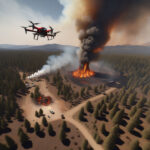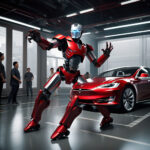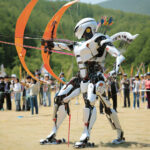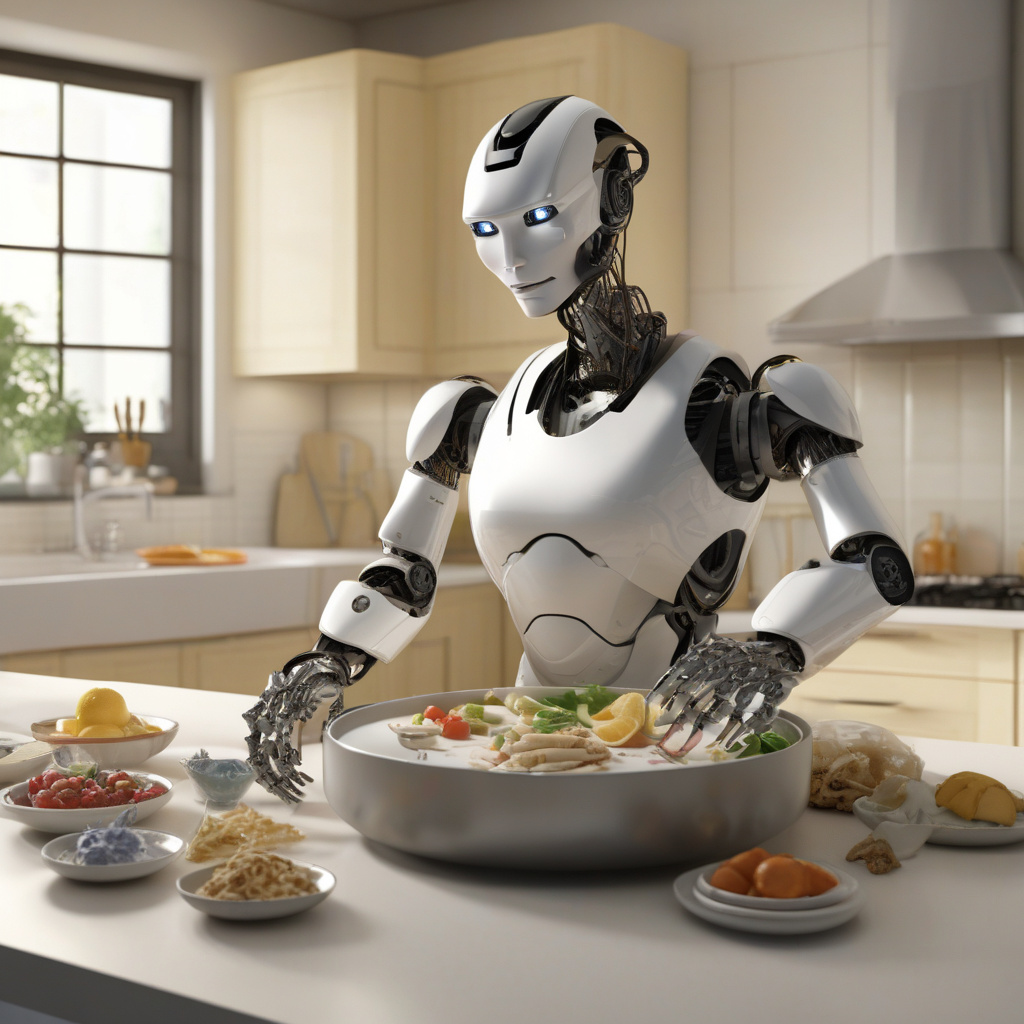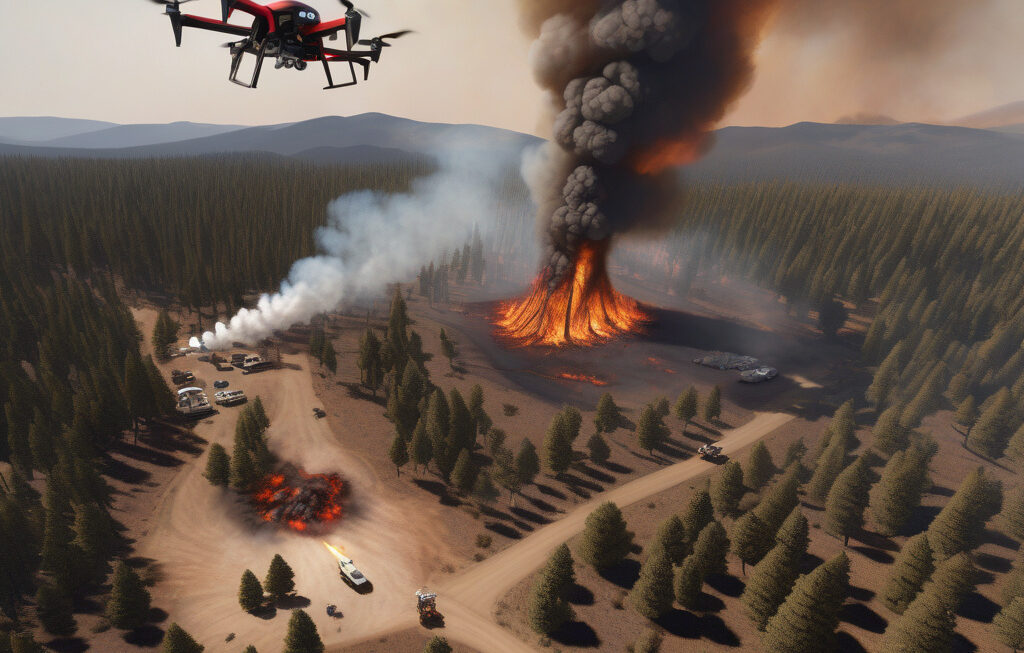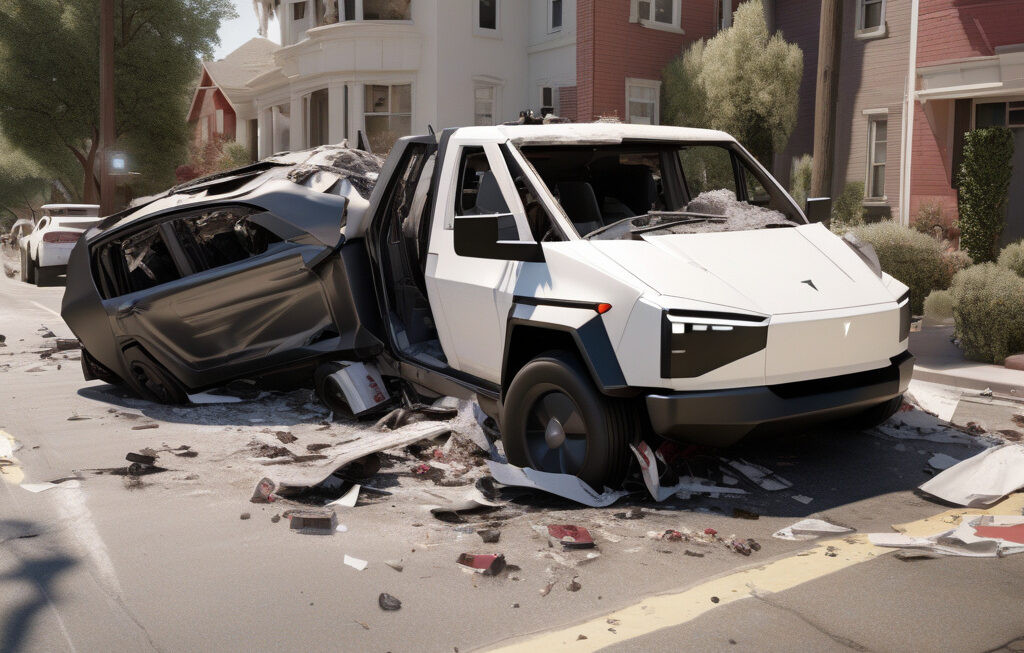Video: Humanoid Robot Sorts Dishes, Survives Kicks with New Shared Brain
Robotics startup Skild AI has designed an artificial intelligence model that can run on any humanoid robot, allowing it to adapt and learn from its experiences. The innovative technology enables robots to complete tasks more efficiently and interact with their surroundings in a more human-like manner.
One of the most impressive demonstrations of this AI model is showcased in a recent video where a humanoid robot is seen sorting dishes in a kitchen. The robot moves with precision and accuracy, carefully picking up plates and glasses and placing them in the appropriate locations. What sets this demonstration apart is the robot’s ability to learn from its mistakes and improve its performance over time.
In addition to its dish-sorting capabilities, the humanoid robot in the video also showcases its resilience in the face of adversity. At one point, a person enters the scene and tries to kick the robot, but it quickly adjusts its balance and continues with its task without missing a beat. This ability to adapt to unexpected situations is a testament to the advanced AI technology powering the robot.
The key to the robot’s success lies in its shared brain, a concept introduced by Skild AI that allows multiple robots to learn from each other’s experiences. This shared knowledge enables the robots to collectively improve their skills and capabilities, creating a network of intelligent machines that can collaborate and work together seamlessly.
By harnessing the power of artificial intelligence and shared learning, Skild AI has unlocked a new level of potential for humanoid robots. These machines are no longer confined to repetitive tasks but can now think, learn, and adapt in real-time, making them valuable assets in a wide range of industries.
Imagine a future where humanoid robots are integrated into our daily lives, assisting us with household chores, caregiving, and even complex tasks in the workplace. With the advancements made by Skild AI, this future is closer than we think.
As we witness the incredible capabilities of the humanoid robot in the video, it becomes clear that we are on the brink of a new era in robotics. The fusion of artificial intelligence, shared learning, and humanoid design is revolutionizing the way we interact with machines, opening up endless possibilities for innovation and progress.
In conclusion, Skild AI’s humanoid robot represents a significant leap forward in the field of robotics, showcasing the potential of artificial intelligence to transform the capabilities of machines. With its ability to sort dishes with precision, survive kicks with resilience, and learn from shared experiences, this robot is a testament to the power of innovation in shaping the future of technology.
robotics, AI, humanoid, innovation, shared learning
